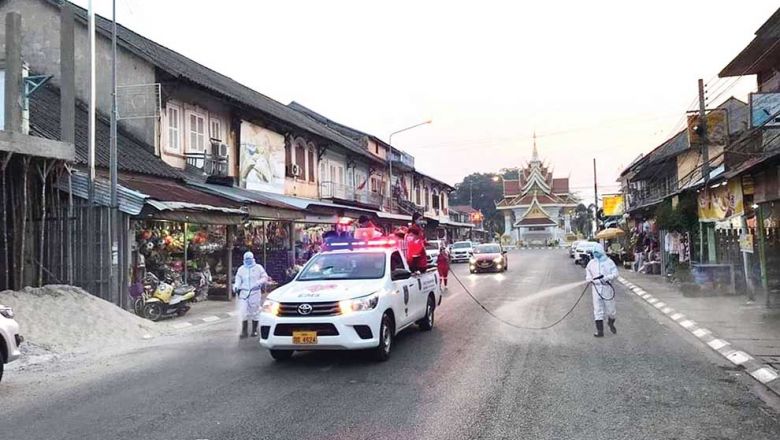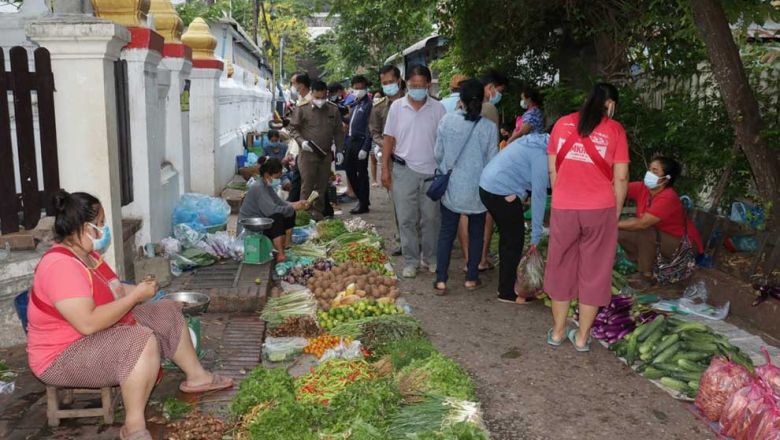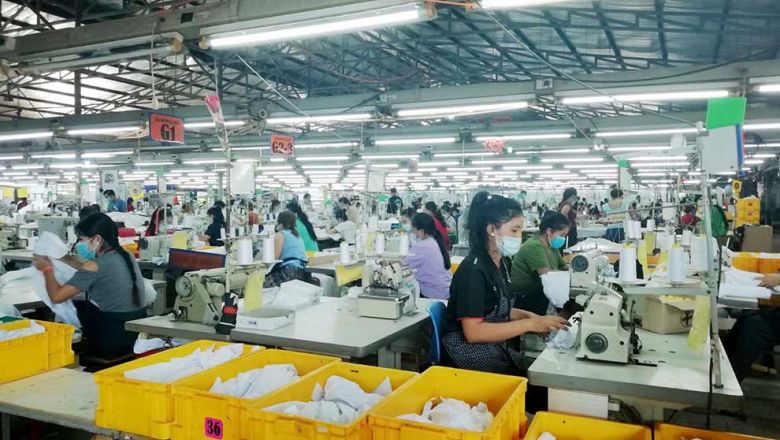Laos makes strides in SEZ development but challenges remain
Laos makes strides in SEZ development but challenges remain
Although more companies have invested in special and specific economic zones (SEZs) in Laos, the growth rate has not met the anticipated target, according to a government report.
Some companies are reluctant to invest in these zones because of delays in the installation of infrastructure, notably the provision of electricity and water, along with a shortage of labour.
The Lao National Committee for Special Economic Zones (NCSEZ) unveiled its latest report recently, highlighting the achievements made in developing SEZs over past years and the challenges facing the government in attracting further investment in these zones.
Economists recommend that some policies and mechanisms be reviewed to facilitate the inflow of both local and foreign entrepreneurs into the SEZs.
For instance, the roll out of one-stop services to accelerate import-export activities and many other steps need to be taken when it comes to coordination between developers and government bodies.
Another main challenge for the government is to ensure that more Lao people are employed in the SEZs, to reduce the number of foreign nationals who continue to represent a high percentage of workers.
Over the past decade, SEZs in Laos have been developing continuously, contributing to the urbanisation of remote regions, boosting economic growth, and generating job opportunities for local people.
Laos currently has 12 SEZs (four special economic zones and eight specific economic zones), covering an area of almost 20,000 hectares.
Some 294 companies (56 Lao companies, 217 foreign companies and the rest joint ventures) are investing in the zones, with a total registered capital of almost US$8 billion, of which US$1.62 billion has been spent.
Investment in SEZs has generated 15,544 jobs (of which 7,180 are held by Lao nationals and 8,364 by foreign workers).
In the past nine months of this year, several companies decided to do business in SEZs in Laos, driven by growing regional economic integration.
For instance, eight companies have been granted permission to invest in the Savan-Seno Special Economic Zone in Savannnakhet province, with the value of investments amounting to about US$4 million.
Meanwhile the Golden Triangle special economic zone in Bokeo province has attracted 13 companies with registered capital of over US$34 million.
The government's target is to have 32 companies investing in its 12 SEZs next year, generating more than 2,180 jobs.
In the meantime, the government is committed to ensuring that Lao people are given priority when it comes to employment in the SEZs.
Typically the SEZs have become the main driver of growth in the industrial and service sectors, laying the foundation for diversifying the nation's economy into the future.
If the planned railways are built to connect Laos to its neighbours, this could create even more favourable conditions for people to do business in Laos.

















